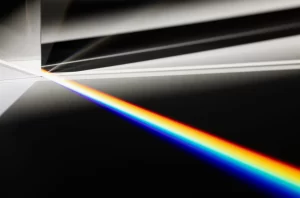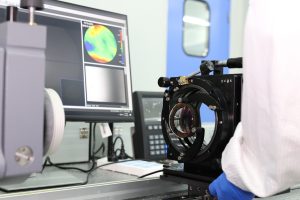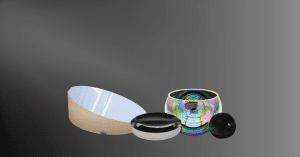Key Takeaways:
- Challenges in large optics manufacturing include high costs, complex handling, and the need for specialized equipment and precision metrology.
- Large optics are essential for applications like astronomical telescopes and high-power lasers due to their superior light collection and reduced energy density.
- Avantier excels in producing custom large optics, meeting the high-performance demands of these applications.

Applications of Large Optics
Large optics include mirrors, lenses, and optical flats and windows as well as diffraction gratings and beamsplitters. They may be used for distance imaging, security applications, printing machines, and specular flex systems. They are also the key to cutting edge research in many fields. Here are two examples.
Attaining High Angular Resolution With Astronomical Telescopes
The possible angular resolution of an imaging system is limited by its input aperture. If we have a very large input aperture, we can collect more light, and when more light is collected we can create images of even faint objects. Exposure times can be shorter, and noise sources will have less influence.
For this reason, some of the most powerful astronomical telescopes rely on very large scale optics— some include primary mirrors that have diameters even larger than ten meters. Because image quality is at a premium, the surface shape of these high performance mirrors needs to be manufactured to extremely high standards.
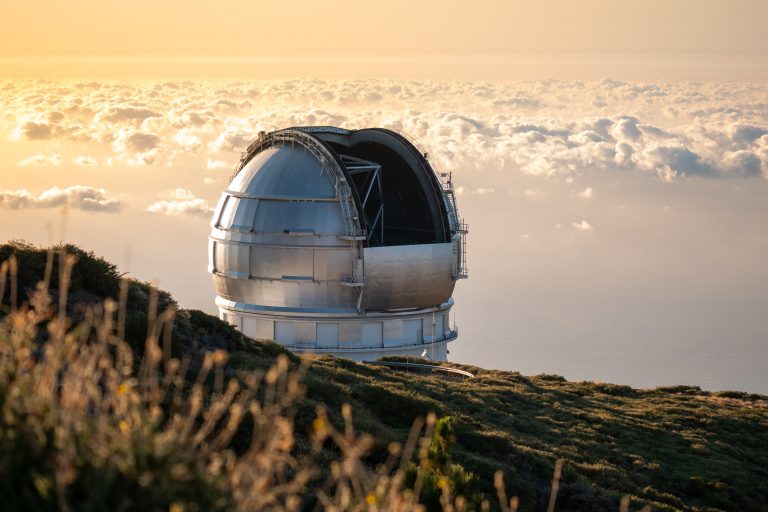
But since these extremely large, highly precise mirrors cannot be manufactured in one piece, they are typically segmented mirrors, created by hexagonally shaped segments precisely combined and arranged in a pattern reminiscent of a honeycomb. The Gran Telescopio Canarias, the Keck Telescope,and the Southern African Large Telescope are examples of telescopes using this type of very large mirror. Each segment of these mirrors is itself a highly precise large optic, and the combination of them is enough to.
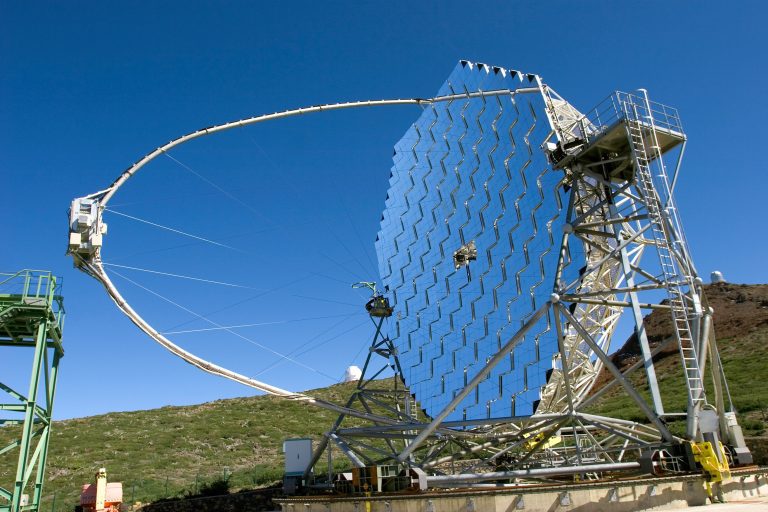
High Power Lasers with Large Beam Diameter
When a very high power laser is used with ordinarily sized optics, the extremely high energy density may lead to laser damage, even when the best protective coatings are used. Increasing the beam diameter decreases energy density and laser damage. Large beam expansion optics can be used to create large diameter laser beams, and the beam can be shaped at a later point with large beam focusing optics. Large optics may also be used with lasers to evenly illuminate a large area, or when a beam must be sent over large distances.Challenges in Large Optics Manufacturing
Large optics are typically made of oversized blanks, which are both expensive and difficult to handle. These blanks are shaped by an oversized grinding and polishing machine, which must both have sufficient size capacity as well as a sufficient range of motion. They also need to be able to handle the weight— large optics are typically very heavy; too heavy to be carried by one person. During the fabrication process, the machine must spin or translates the optic effectively, and can only do so if it has enough torque to manage the weight.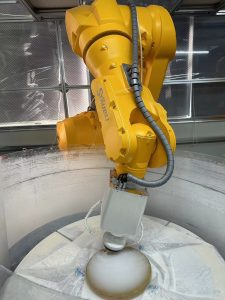
After the optical component is manufactured, it may need optical coatings, which again require a specialized process and special equipment to both handle the optic and apply a uniform, precision coating.
Challenges in Large Optics Metrology
Since large scale optics are typically used for ultra high performance imaging or measurements, they come with strict specifications. High precision optical metrology is essential. But it’s not as easy to take the measurements on an oversized lens or mirror as it does for an ordinary optical component. Every piece of equipment used in metrology needs to be able to evaluate the whole surface of the piece, and possess a range of motion that covers the whole clear aperture.
One method that lends itself well to large scale optics is dynamic laser interferometry, which can precisely measure surface shapes and vibrations. An ordinary laser interferometer will not be up to the task; for instance, when measuring the rate of curvature for back surfaces, the range that can be measured is limited by the size of the interferometer rail. With a laser interferometer designed for large optics, we can determine the surface accuracy and exact surface profile of a large scale optic.
Custom Large Optics at Avantier
Are you looking for a supplier for custom large optics, or do you need help designing a special large scale optical system? Our optical engineers and designers would love to help you, and we are well equipped to manufacture even large diameter optics. Contact us today to find out more or set up a free consultation.
GREAT ARTICLE!
Share this article to gain insights from your connections!


